Who needs Wi-Fi? Off-grid can be a draw for vacation rentals
Once, when booking a getaway, the free WiFi was also essential as hot showers. But in a time of endless dark news and unlimited remote working, staying connected doesn’t seem so important anymore.
Step into a whole new kind of Airbnbs, private retreats that not only refuse to provide the connectivity we rely on so heavily, but even pin up the absence of it as a main selling point. And for a growing number of Oregonians, going off-grid is where vacation starts.
“We always get what I’m sure are auto-generated emails from Airbnb that say, ‘If you offered Wi-Fi, your place would be more attractive,’ says Dabney Tompkins, who with her husband, Alan Colley, has one of the most coveted short term stays in the state. “I’m like, no, it wouldn’t.”
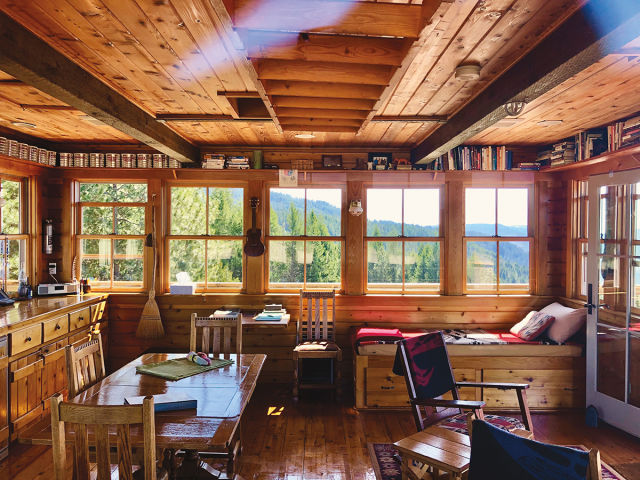
Summit Prairie, their 40-foot-tall fire tower near Tiller in the middle of the Umpqua National Forest, was built in 2009 and modeled after early 20th century U.S. Forest Service fire lookouts, because “some people want to have a beach cottage as a second home and some people want a ski condo, but we wanted to have a fire watcher,” Tomkins said. It has no clock, no Wi-Fi, no TV, and (hurry) almost no uptime.
When Tompkins and Colley open the reservations calendar in the spring each year and let their waitlist know their place is available, “within seconds it’s booked for the season,” Tompkins says. Guests seem unfazed by the composting toilets located down the steps and away from the tower itself. Instead, he says, “We probably have five or six hundred people trying to book maybe 10 or 20 places. It’s out of control.
Jhey aren’t the only Airbnb owners in Oregon enjoying the magic of disconnection. Heather Butler and Denis Kegler’s sleek and delightfully appointed cabin on the Nehalem River, built in 2018, remains just as deliberately, even defiantly, without the internet.
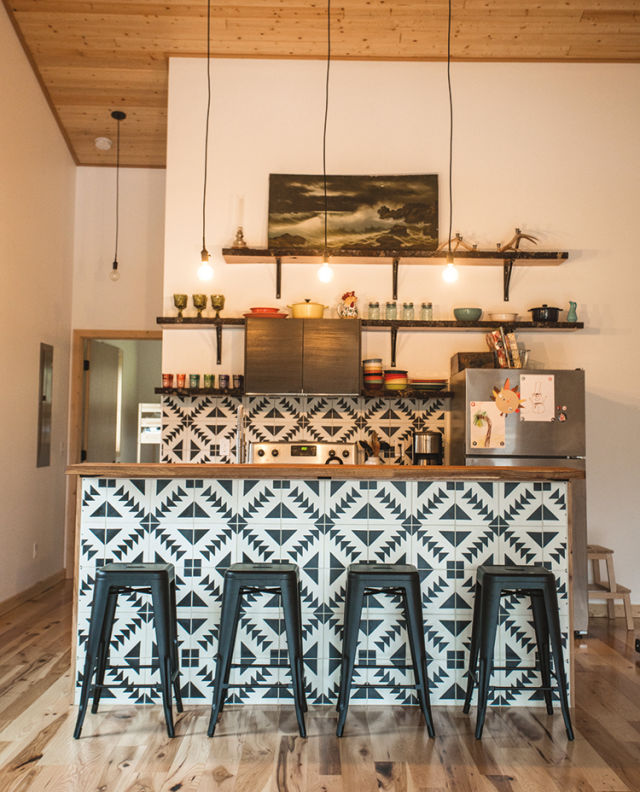
“We both had pretty fast lives,” Butler says of when she and Kegler built the angular cabin near a hill. “We just needed a place where we could go and be in nature and be completely off the grid, so we decided we didn’t have the internet, or any access to TVs, or anything like that.”
They switched to a landline for emergencies and now find that customers are just as happy to be off the grid. “That’s probably the biggest compliment we got when people ended up in the cabin, how nice it was to be able to completely relax, decompress and switch off,” Butler said. “A lot of the stories are really sweet, like parents coming with their high schoolers or groups of friends just wanting to get away and play board games, read, and hike.”
KEan Fleming’s Heartland Treehouse in Langlois, on the southern Oregon coast, was built with the help of family and friends over a three-year period, with lumber harvested and milled on his family’s property. Instead of the Netflix-and-chill option, guests are encouraged to warm up in the small sauna, take side-by-side baths in tubs on a wooden deck among the fir trees, or hike in the nearby mountains.
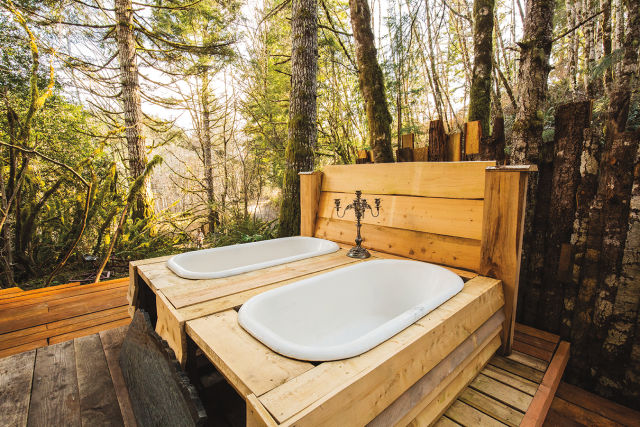
“Guests generally appreciate the ability to detach from their phones and the doomscroll, and take a few days to connect with each other and bathe in the forest,” says Fleming, who points out that places like his treehouse have become particularly appealing at a time when social distancing – in this case, lots of distancing – is paramount. “The pandemic has made this type of secluded vacation getaway designed for two very desirable.”
Tompkins had a similar experience. “Last year, when the pandemic hit, [the tower’s popularity] just shot through the roof,” he said. “[People] felt like it was a really safe place to come to, and they didn’t have to worry about a lot of things…. I don’t think our guests would come if we had [Wi-Fi]. I think that’s kind of the reason they come here, because we don’t.


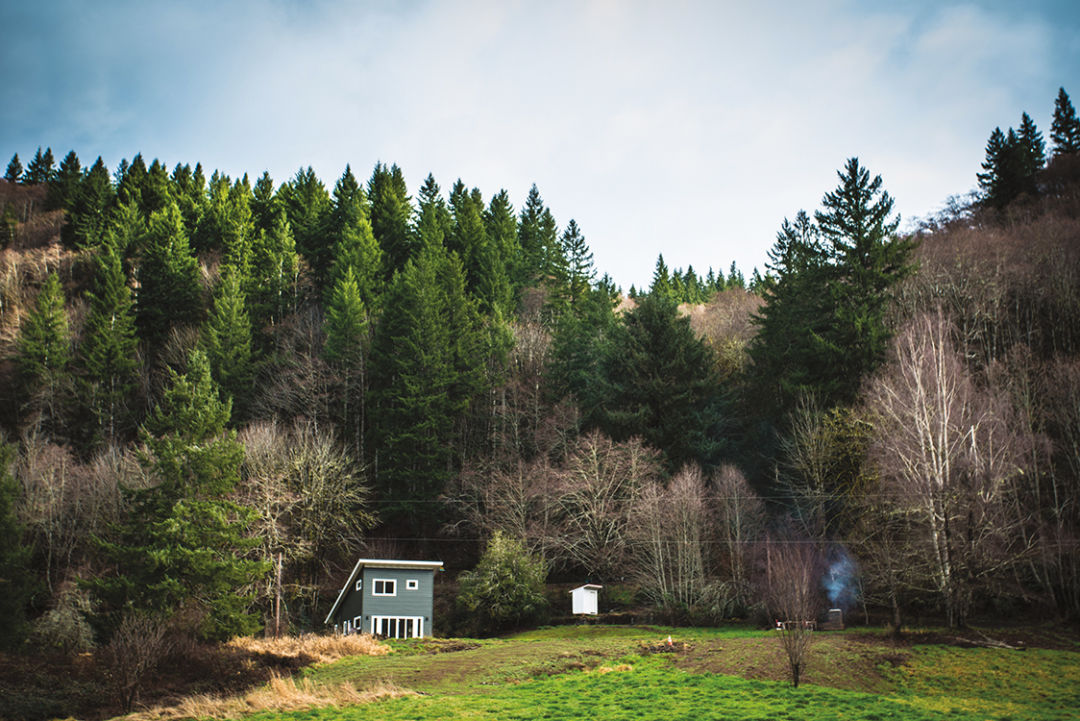
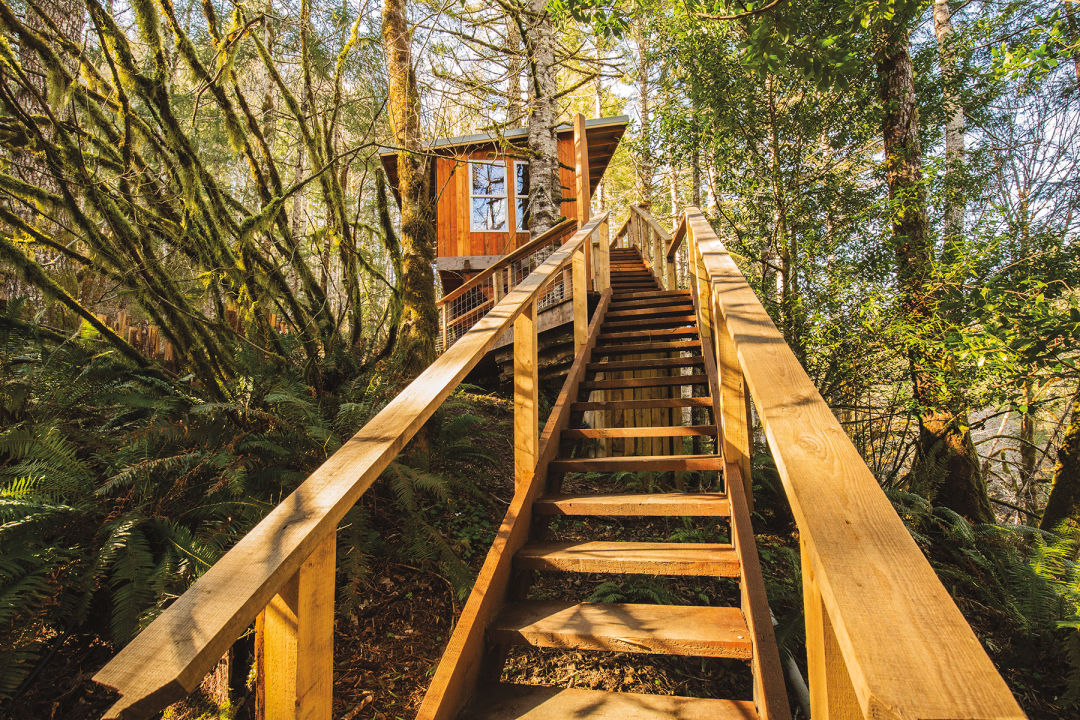
Comments are closed.